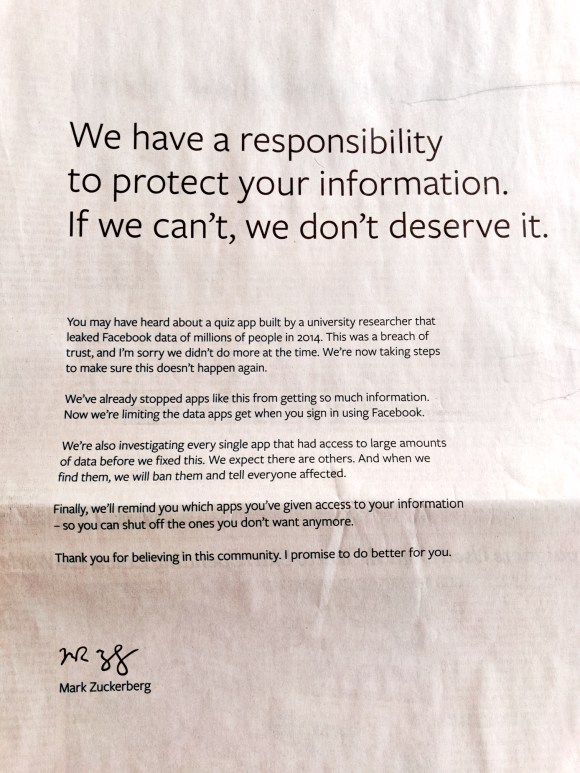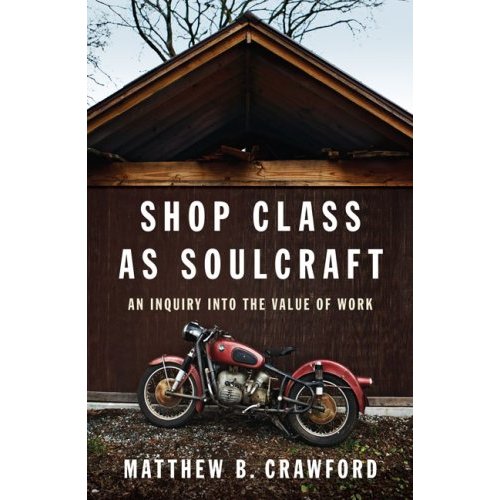 Every commercial in the Super Bowl was better than any thirty or 60 seconds of the game or the halftime show.
Every commercial in the Super Bowl was better than any thirty or 60 seconds of the game or the halftime show.
And for that, the advertisers who bought time during the broadcast should be grateful. Because a whole slew of ads that in other years would have sent viewers off to get more guac or take a bathroom break became magically entertaining vs. the 3-and-outs on the field.
My own metric of “best” and “worst” spots is different than the USA Today polls and other audience polls. Because I grade on a curve: the shittier the brief, the more tolerant I am of bad execution.
Mercedes’ spot for voice-activated controls on its new C class, for example, had the kind of brief creatives dread: make a big deal about a feature that’s, well, not a big deal. So they came up with a time-worn trope: if only everything in the world worked like _________, the blank being your product feature goes here. But they get a pass (the escaping Orca helped), because the brief sucked.
But the team working on the Washington Post spot had the dream brief of all time: defend the importance of journalism in these perilous post-factual times. I mean, I’d kill for that brief. And what did they run? Essentially, a rip-o-matic. Yes, Tom Hanks did the VO but it’s not like they gave him a lot to work with. Disappointing.
Also on the wrong end of the grading curve is Olay’s fright-film homage with Sarah Michelle Gellar. Why? Because buried underneath a lot of superfluous dialogue and jumpy editing is an absolutely brilliant product-driven idea: Olay works so well, your phone’s face-recognition technology won’t unlock the phone so you can call 911. This is pure conceptual gold, and in more deft hands would have been a lock for a Cannes Lion. Over complicated and over-produced, it’s an enormous missed opportunity.
Amazon’s Alexa spot and the two Google spots are a study in contrast. Amazon, for reasons that elude me, decided to visualize everyone’s worst fears about AI-empowered personal tech, updating the Frankenstein/Golem trope with Alexa-equipped dog collars, hot tubs and space stations ruining our lives. Super-nerdy footnote: Harrison Ford, himself a self-aware robot in Blade Runner, being terrorized by his tech-enabled dog. Google, on the other hand, follows the winning playbook they used for their beautiful “Paris” Super Bowl spot of a few years back: tell a heartwarming human story and show how Google technology plays a helpful part. Clear idea, good craft, and Google’s role right-sized and authentic.
Pepsi/T-Mobile/Expensify/Sprint/Bud Light/…don’t ask me because I’m not the target and my grumpy-old-man opinion is irrelevant. But while I think the whole Dilly Dilly thing is stupid, I’m at least grateful to Bud Light, HBO and their agencies for truly and completely surprising me with the GOT ending. Way more exciting than watching the Rams punt.














